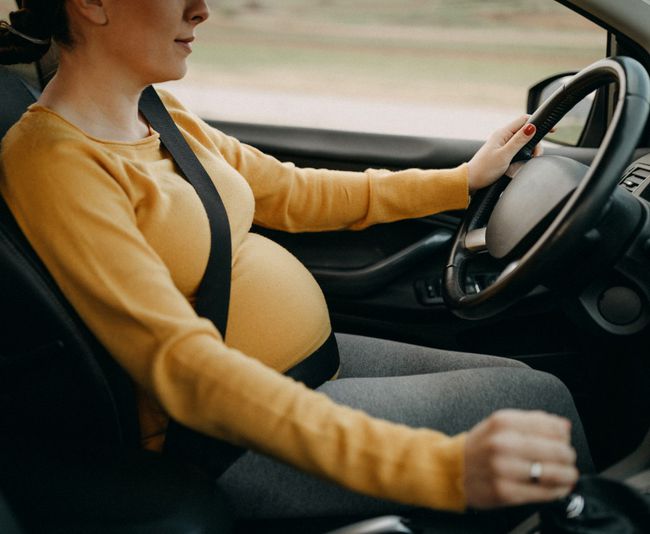If you’ve ever shopped for a car, you might remember finding yourself swimming in options. Not only do you have to figure out what car is best, you have to decide on a trip level that has the features you want-and how many added safety features have to be chosen, as well, which can leave you more perplexed than ever. With car accidents on the rise, those added features can certainly help keep your family (or new teen driver!) safe.
So which features are actually worth the investment for your family’s safety, and which are only there for added comfort? Parsing through mountains of information to choose a car with the best options for your family can be made easier with a simple strategy.
Start with making a list of the safety features that are non-negotiable, and then adding comfort and style features that you'd like to have, before looking at trim levels and packages. This will allow you to focus on cars that fit your car safety needs, shrinking the options to make things more manageable.
“For my money, the technology that can prevent a crash is more important than an option that can make driving easier,” says Keith Berry, autos reporter at Consumer Reports.
Keep in mind, "some car manufacturers bundle safety and luxury features together in the same package," says Berry. You may still end up getting some of those comfort add-ons in order to get the features that will keep your family safe.

Automatic Emergency Braking
Automatic forward and reverse braking are at the very top of the list of safety features worth spending extra money on when buying your next car. Whether it's because of distracted driving, or just simply not having enough time to stop, sometimes-no matter our intentions-accidents happen.
Automatic emergency braking has been proven to reduce crashes. Forward emergency braking prevents both property damage and deaths. Studies on rear automatic braking show that it is very effective as well, although more so for preventing property damage than saving lives, since it typically is activated at slow speeds.
The Highway Loss Data Institute reports that automatic braking has the biggest impact on reducing insurance claims for accidents of all advanced driver assistance systems (ADAS).
Sensors and/or cameras are used to determine if a vehicle is in danger of an immediate collision. The system alerts the driver through a beeping, and displays a warning. If the driver doesn't press on the brake, the system will activate, compressing the brake and bringing the car to a stop.
"The money you'll save by avoiding an insurance claim for a crash-especially with a new driver behind the wheel-might make up for the extra you'll spend" on this feature, says Berry.
Blind Spot Monitoring
Unlike automatic braking, blind spot monitoring doesn't-for most cars-physically prevent you from crashing your car. If you are driving and a car is picked up by your vehicle's blind spot sensor, a light illuminates, usually in the side mirrors or on the windshield pillar, to notify you of a vehicle in your blind spot.
If there is a car in the left lane, in your blind spot, the left mirror light will illuminate. If you turn your turn signal on, some cars will cause the light to start flashing, or otherwise alert you (shaking your steering wheel, beeping, etc.) to notify you not to move your car into the next lane.
Blind spot monitoring may seem like an extra that you can do without. However, for new drivers, parents who are driving with children (who can be distractions) and those with vehicles that have larger blind spots, blind spot monitoring does just enough to prevent a serious accident.
Electronic Stability Control
If a new car isn't in the cards, or you want to buy your teen a more budget-friendly option, the above safety features might simply not be available. However, do consider ensuring that the vehicle you purchase has, at the very least, Electronic Stability Control (ESC). ESC is standard on all vehicles made in the last nine years, however, it was certainly available on many older vehicles.
"ESC is especially important for drivers who are still developing their skills because it can automatically prevent a loss of control by applying braking at a wheel that's slipping, '' says Berry. "Even experienced drivers can have trouble recovering from a loss of traction, so a little technological help is great for new drivers."
As you shop for your next vehicle and navigate the seas of features, both safety and otherwise, keep these tips in mind. Sites such as Consumer Reports and this handy guide from the National Highway Traffic Safety Administration can help you parse through and make educated decisions on how you spend your money.
And while added features do come with a price tag, the reduction in property damage and the increase in safety are worth the cost. But remember: Maintaining your brakes and tires is also critical for vehicle safety, and shouldn't be left by the wayside-even with a new car with ADAS.
